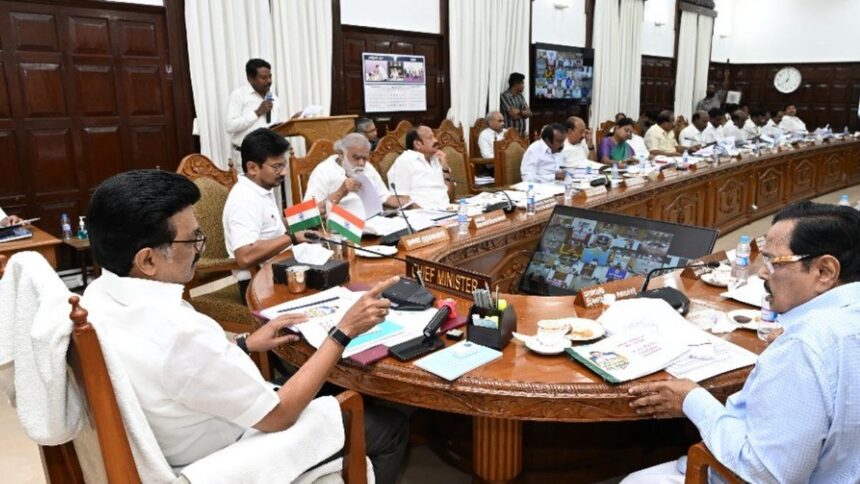
Image used for representative purpose only.
| Photo Credit: Getty Images/iStockphoto
In a first, starting this year, the National Institutional Ranking Framework (NIRF) will award negative scores to higher educational institutions for papers that have been retracted from journals in the last three calendar years and their corresponding citations.
“This year, we will award some negative weightage for retracted papers and their citations. Next year, the penalty will be harsher,” says Anil Sahashrabudhe, Chairperson of the National Board of Accreditation (NBA), the agency managing the NIRF. This is the first time the NIRF will be awarding negative weightage while calculating the ranking.

“Both the number of retractions as well as citations from these retracted papers will be taken into account,” Dr. Sahashrabudhe says. “We are also learning and will fine-tune the negative scoring system as we go.”
“By awarding a negative score for retractions, we want to send out a strong message that research should be conducted ethically,” he says. Explaining the reason why the NIRF is awarding a negative score for retractions, he says: “The number of retractions was small a few years ago but the numbers have increased in the couple of years. So we are taking this seriously.”
While most of the retractions are due to unethical research practices such as data fabrication, manipulation of images, using the same image in multiple papers dealing with completely different materials, using large language models (LLMs) without proper disclosure etc., some are due to genuine mistakes. It is for this reason that journals do not wish to give the impression that retractions are necessarily bad. Will it be correct to penalise institutions for retractions that have been due to genuine mistakes and not due to unethical practices? “Retractions due to genuine mistakes are far less, and that had been happening some years ago. But most of the retractions now are due to unethical practices,” he asserts.
That the number of retracted papers from China and the U.S. is far higher than India cannot be cited as a reason, he says. “India should not be in the race with China and the U.S. for negative things.”

He does not rule out harsher penalties to institutions that continue to have a large number of retractions in the years to come. To begin with, the penalty will be mild this year, which will become harsh next year and harsher in the future if institutions continue to have a large number of retractions every year, he says. “Maybe we may even blacklist institutions for a few years if the retractions stay high,” Dr. Sahashrabudhe says.
Dismissing any objections that institutions should not be penalised for wrongdoings of individual researchers, he retorts: “If institutions can take the credit for the number of papers published by their researchers, they should also take the discredit [penalty] for the retracted papers. They should take measures to ensure that the number of papers retracted reduces.” He then asks: “What are the authorities doing? Where is the governance? Institutions already have internal quality teams. What are they doing?”
It is time that institutions take research ethics seriously and encourage their faculty to engage in ethical research practices, he says. “The focus should shift from mere quantity to quality of research and research ethics,” Dr. Sahashrabudhe says.
“Research and Professional Practices” is one of the important parameters used by the NIRF for ranking institutions. Under this head, scores are awarded for parameters such as the weighted number of publications in a given year, quality of publications which are measured based on the total citation counts over previous three years and the number of citations in the top 25 percentile averaged over the previous three years.

According to him, international bodies involved in ranking institutions have started to take into account the retracted papers. This, he says, is a reflection of the increasing number of retractions in recent years. Unlike a few years ago, journals have now become more responsive to red flags raised by independent research integrity researchers who point out serious flaws in published papers. The time taken to retract papers has also reduced considerably. Also, journals on their own have begun investigations into papers produced using LLMs without correct disclosures, authors added or changed during the reviewing process without adequate explanations, and manuscripts produced by paper mills — fraudulent organisations that make money by writing fake manuscripts and offering authorship slots for sale to academic customers.
Published – July 19, 2025 09:10 pm IST




















